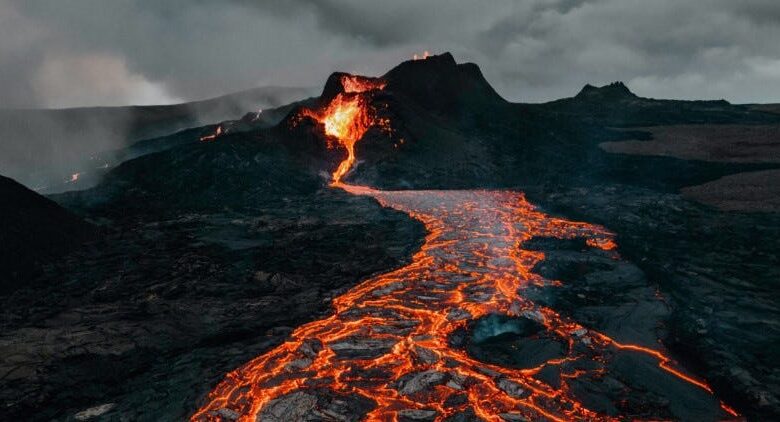Tragedy strikes as Mount Marapi eruption claims 11 lives, 3 hikers miraculously rescued
Indonesian Rescue Teams Face Challenges in the Wake of Volcanic Fury; Urgent Calls for Improved Safety Measures in Active Volcanic Zones

Mount Merapi, the notorious Fire Mountain in Indonesia and Java, recently experienced a volcanic eruption in West Sumatra. This event led to a tragic outcome as rescuers discovered the bodies of 11 hikers, with 12 more climbers still missing. The eruption on Sunday prompted the evacuation of numerous hikers and local residents living on the mountain slope. The volcano emitted a three-kilometer ash column upon eruption, raising concerns and resulting in authorities declaring the third-highest alert level. An exclusion zone was established around the crater for safety.
Abdul Malik, the head of Padang Search and Rescue Agency, provided details on the situation. A total of 75 hikers were on the mountain from Saturday, and efforts were made to evacuate them. Unfortunately, 26 people remained on the mountain, and the rescue team located 14 of them. Tragically, 11 were found dead, while three survivors were discovered alive. The challenges faced during the rescue operation highlight the perilous conditions caused by the eruption.
Despite the ongoing efforts, the search for the missing climbers had to be temporarily suspended due to a small eruption on Monday. This posed additional risks to both rescuers and those still on the mountain. The unpredictable nature of volcanic activity makes rescue operations particularly challenging and emphasizes the need for caution.
Rudy Rinaldi, the head of the West Sumatra Disaster Mitigation Agency, shared that some rescued hikers were receiving medical treatment, primarily for burns caused by the intense heat generated during the eruption. The injuries sustained by survivors underscore the dangerous consequences of volcanic eruptions, extending beyond immediate threats like lava and ash.
Mount Merapi, standing at 2,891 meters, is considered the most active volcano in Indonesia. Its history of regular eruptions dates back to 1548. The region’s geological characteristics, situated in the Pacific Ring of Fire, contribute to heightened volcanic and seismic activities due to the convergence of continental plates. Understanding the geological context is crucial for residents and authorities in managing the risks associated with living in such areas.
The tragic incident serves as a somber reminder of the unpredictable nature of volcanic eruptions and the importance of preparedness and timely evacuation. Authorities play a critical role in establishing alert systems and evacuation plans to safeguard communities residing near active volcanoes. Continuous monitoring and updating of these plans are essential to address the dynamic nature of volcanic activities.
You might also be intersted in – Indonesian man emerged becomes millionaire after meteorite broke through his roof



